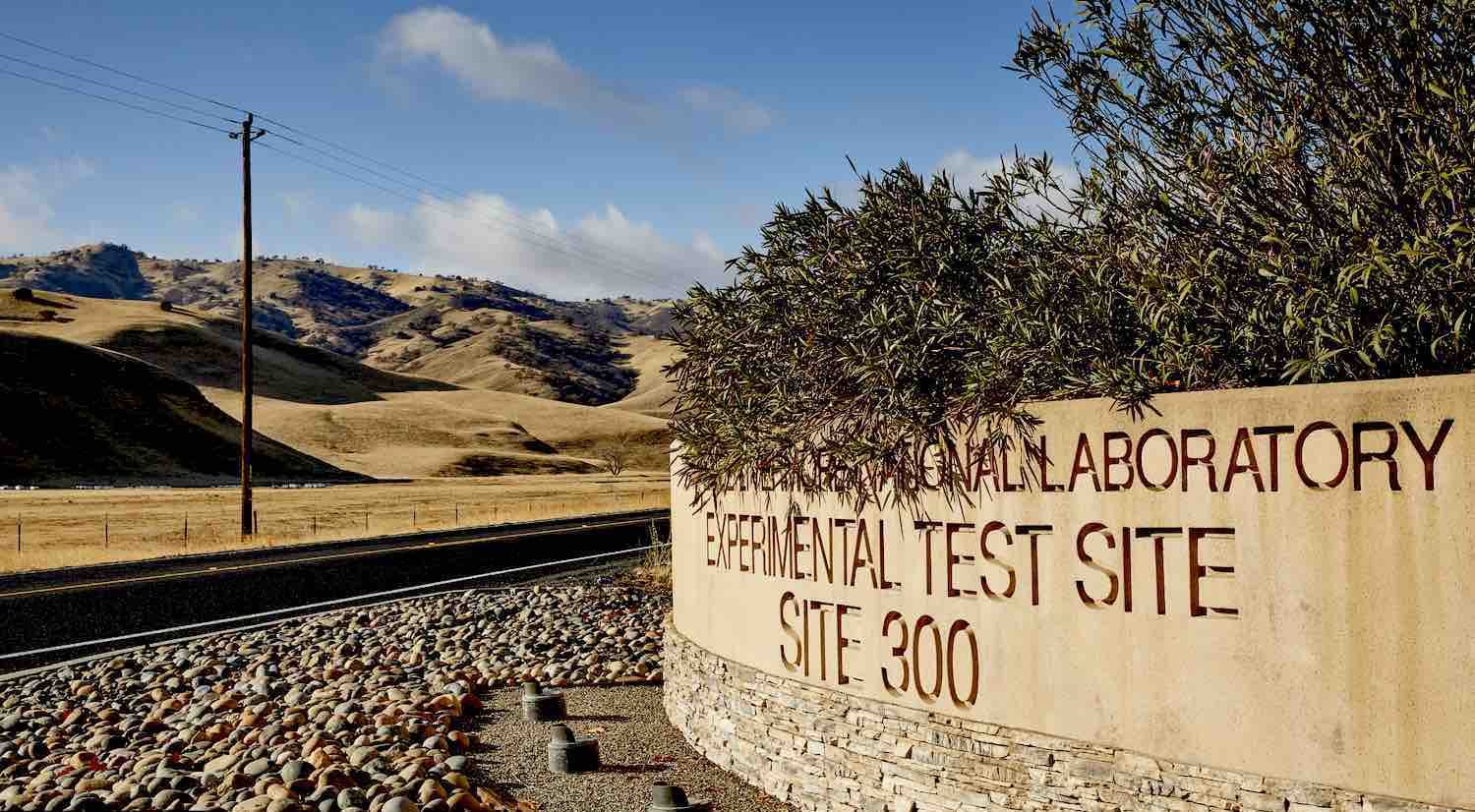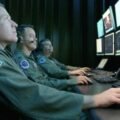Documents released by the United States Department of Energy (DOE) have revealed new details about incidents involving the unauthorized operation of unmanned aerial systems near American nuclear sites and sightings of unidentified anomalous phenomena (UAP).
The documents, comprised mainly of Operations Reports filed by the Protective Force Division of the DOE’s National Nuclear Security Administration (NNSA), involve suspected unauthorized drone incidents near Lawrence Livermore National Laboratory (LLNL) and other DOE facilities that occurred between May 2018 and April 2021, along with a series of correspondences that include historical references to UAP observations and related subjects.
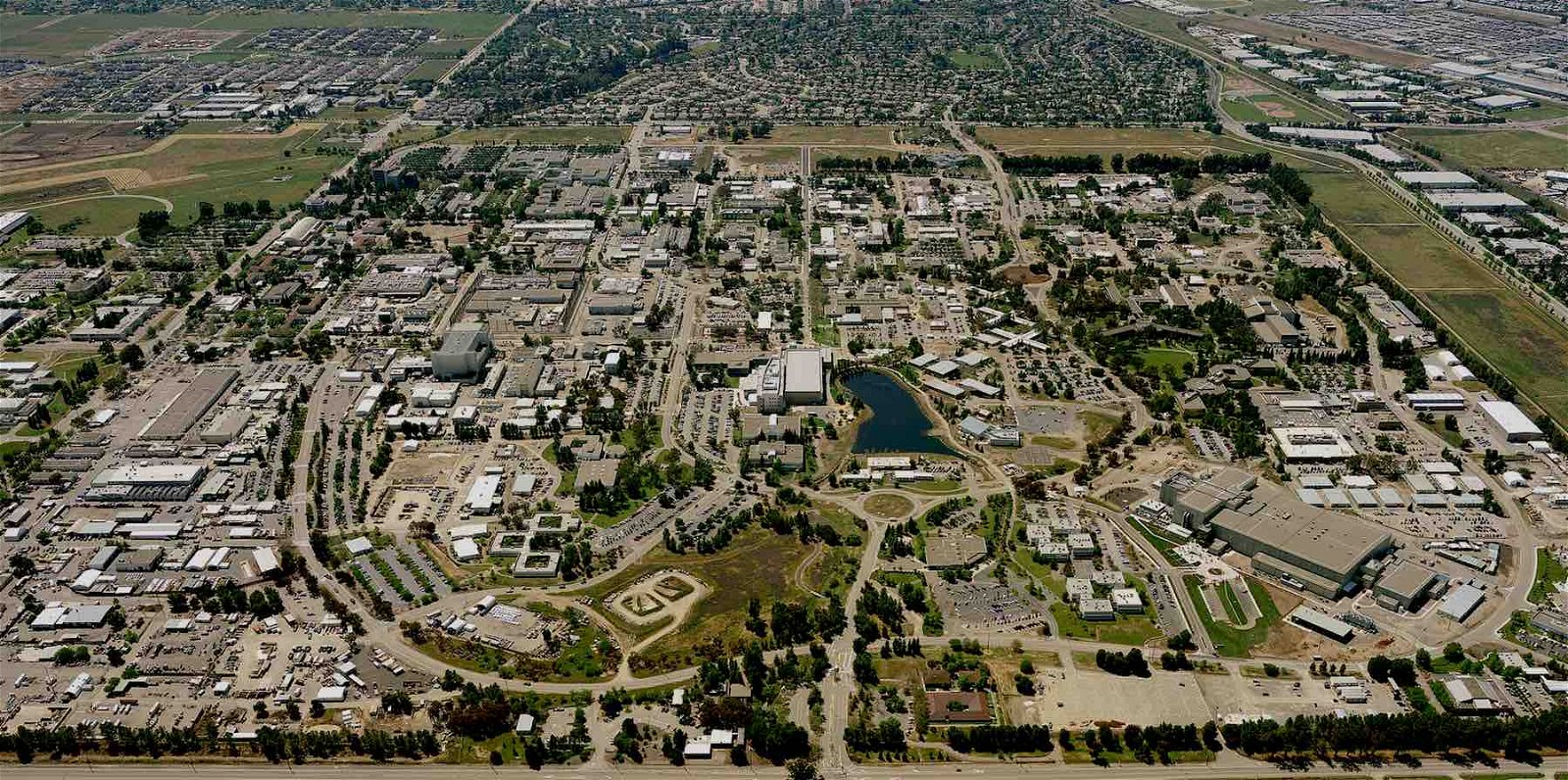

A semi-autonomous agency within the Department of Energy (DOE), the NNSA is responsible for maintaining the security of the U.S.’s nuclear weapons and responding to nuclear emergencies, along with providing the U.S. Navy with nuclear propulsion and maintaining the safety of its reactors.
According to the DOE documents, Site 300, an experimental site 15 miles east of LLNL’s main site used in the testing of high-explosives and materials to aid research into the development of nuclear weapons, was the location of several of the recent UAS incidents.
The documents were included on a page that also included links to other U.S. government resources related to UAP that appeared on the DOE’s website in late September 2023.
Unauthorized Drone Activity Over Nuclear Sites
One Operations Report filed in September 2021 describes an incident that occurred on the morning of April 1 of that year, where an LLNL employee reported seeing a suspected drone operating over the facility.
“At approximately 0635 hours I was driving on West Perimeter Drive and noticed a possible drone hovering 50-75 feet off the ground in the buffer zone,” a portion of a witness statement included in the report reads. “Due to the darkness I only saw the red and white lights.” The employee notified the Central Alarm Station following the observation, but no security camera footage or other corroborating evidence for the sighting could be found.
A similar incident that occurred at LLNL on July 22, 2020, described a “white fixed wing drone flying over at approximately 100 feet above building 271 heading west bound.” The aircraft was monitored until it left the area, after which Oakland Flight Standards District Office, the FAA, and other regional authorities were notified.
Another Operations Report describing events that occurred in the early morning hours of October 18, 2019, describes a sighting of a UAS with “two red lights and one white light” believed to be equipped with a camera that was observed by an LLNL Site 300 Maintenance Mechanic. The object passed between 20 and 30 feet above the employee’s vehicle, and despite the close distance, no identifying marks could be seen on the UAS.
Another incident involving a possible drone observed near Site 300 was also reported on July 3 of that year, which followed a June 24, 2019 incident involving a “four rotor propeller drone” with blue and red lights observed 40 feet above building 583 that “appeared to be recording.”
Restriction of Drone Flights Over U.S. Nuclear Facilities
In the U.S., drone flights over designated national security sensitive facilities is prohibited.
On December 18, 2017, the Federal Aviation Administration (FAA) first announced that it would begin restricting drone flights up to 400 feet within the lateral boundaries of several U.S. Department of Energy facilities.
Although Lawrence Livermore National Laboratory was not among the sites listed by the FAA at that time, a joint announcement by the FAA and the DOE later that month restricted drone flights above all DOE facilities, which includes the agency’s nuclear assembly facilities, laboratories, and research centers.
Despite the FAA restrictions, FOIA documents later obtained by researcher Douglas D. Johnson revealed sightings of swarms of large drones that were observed on September 29, 2019, at the Palo Verde Nuclear Generating Station in Maricopa County, Arizona. Subsequent FOIA documents Johnson obtained revealed additional incidents that occurred at a total of 24 nuclear sites, involving 57 drone incursions reported between 2015 and 2019.
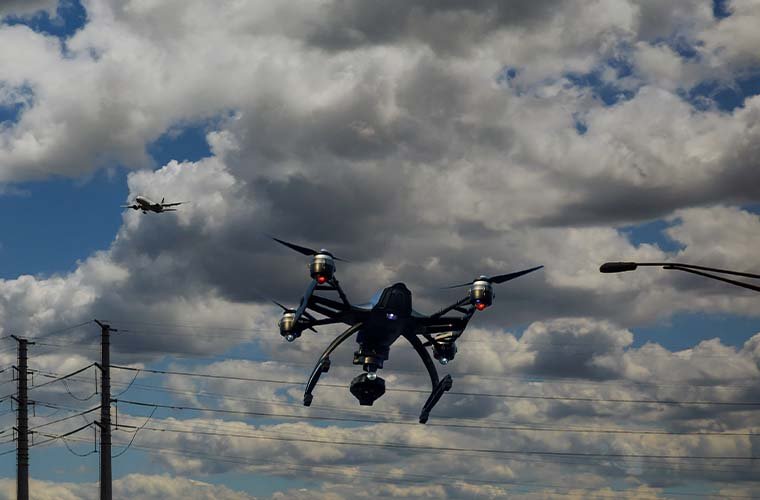

Although the FAA had already issued a Notice to Airmen as early as 2004 advising pilots to avoid airspace over nuclear power plants (with later updated versions also extended to include drone operations), in late 2019 ongoing drone incidents over nuclear facilities prompted the nuclear industry to begin working with the FAA and the DOE to try to impose formal flight restrictions over nuclear power plants.
A classified technical analysis produced jointly by the Nuclear Regulatory Commission (NRC) and Sandia National Laboratory in October 2019 found that nuclear power plants in the U.S. did not appear to possess any significant vulnerabilities that were believed to be exploitable by foreign adversaries employing drones near such facilities (an unclassified summary of that analysis can be found here). The assessment also concluded that the NRC’s design-basis threat, which the agency employs “as a basis for designing safeguards systems to protect against acts of radiological sabotage and to prevent the theft of special nuclear material,” already accounts for the potential of information that may be obtained through aerial surveillance using drones.
In July 2020, an incident involving a modified unmanned aircraft that crashed near a Pennsylvania power substation was determined to have been intended as an attempt to disable or disrupt the facility’s electrical equipment, according to a federal law enforcement memorandum.
Similar incidents involving sightings of drones near nuclear facilities have been reported in other countries around the world as well. In January 2022, sightings of unidentified drones were reported near several nuclear power facilities in Sweden, giving rise to speculations that Russia may have been behind the incidents.
Metallic Spheres, the DOE, and AARO
Arguably one of the more intriguing incidents logged in the recent Operations Reports released by the DOE occurred on April 30, 2019, involving an observation of a “drone like object” over LLNL described as a “round silver drone flying around the Process Area and periodically stopping and hovering for several seconds.” The object then moved toward the north, stopping and hovering again for a short period.
“It flew over [the] area for several minutes and departed south east [sic]. It was really high up and it looked like it was just under the clouds,” the observer’s report states.
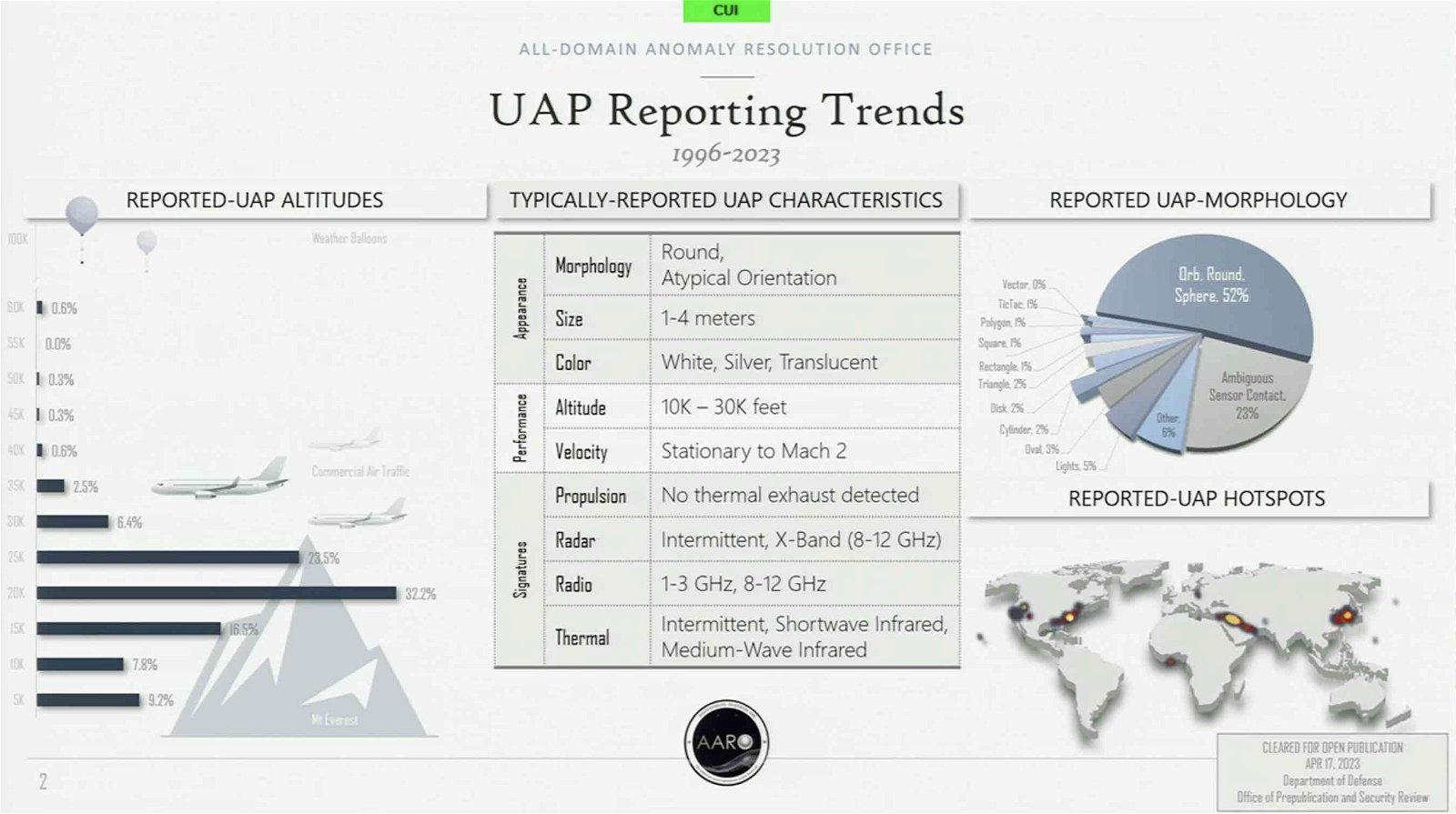

During an April 2023 Senate hearing, Dr. Sean Kirkpatrick, Director of the DoD’s All-domain Anomaly Resolution Office (AARO), acknowledged that more than half of all UAP reports collected by his Office involved observations of objects characterized as orbs or round/spherical objects possessing white, silver, or translucent coloration. Other typical characteristics of UAP in reports collected by AARO include a size range of 1-4 meters, movement at speeds of up to Mach 2, no evidence of propulsion, and intermittent signature detectability.
“That’s what we’re looking for and trying to understand what that is,” Kirkpatrick said during the hearing, just before sharing a short video obtained by an MQ-9 Reaper Drone operating over the Middle East in 2022 featuring a flying object resembling a metallic sphere. A briefing slide that accompanied the footage characterized the object as “consistent with other ‘metallic orb’ observations in the region,” adding that the object presented “No demonstration of enigmatic technical capabilities and no apparent threat to airborne-asset safety.”
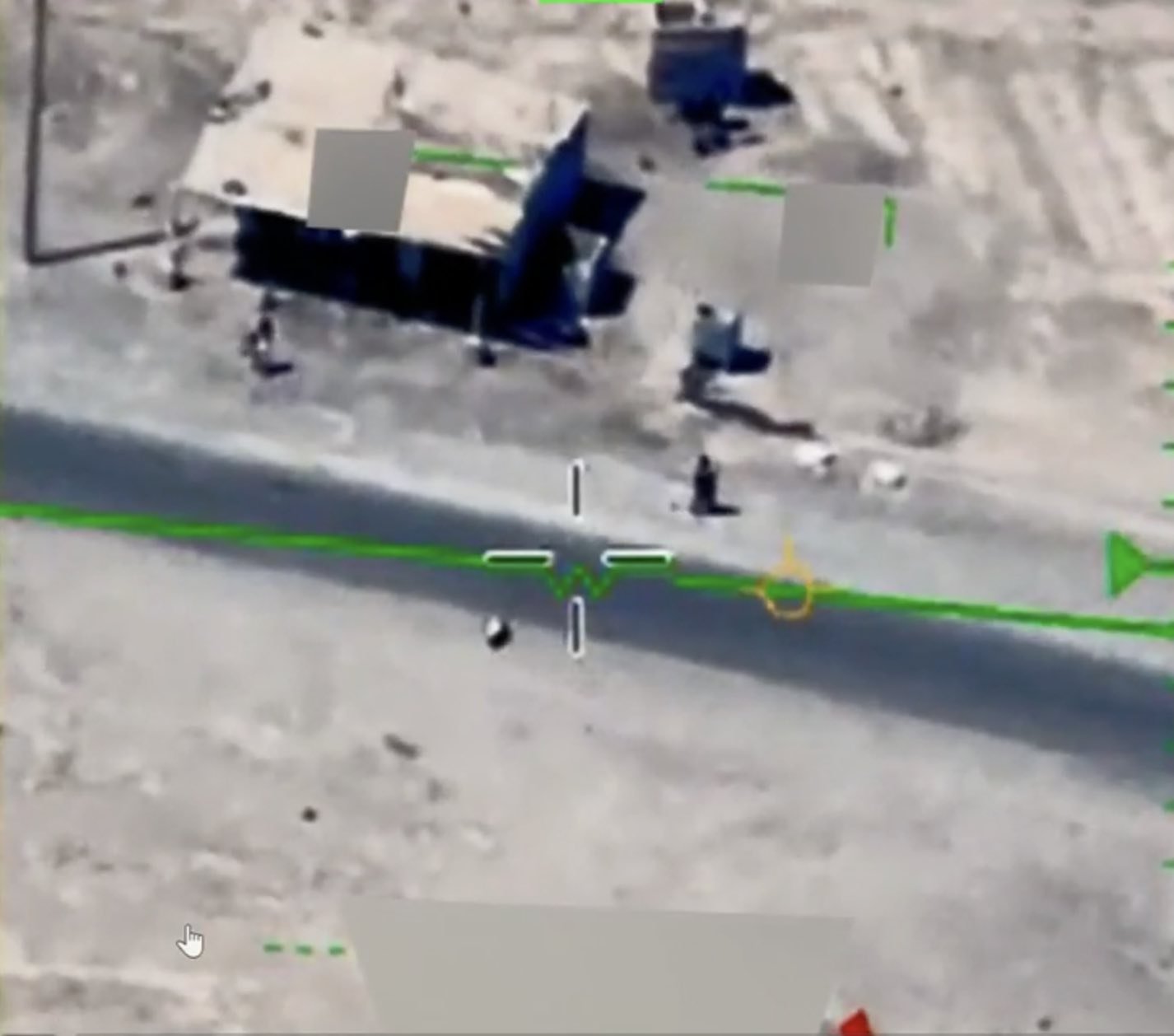

Intriguingly, similar descriptions of metallic, white, or translucent spherical objects date back several decades. A December 14, 1944 New York Times article titled “Floating Mystery Ball Is New Nazi Air Weapon” described Allied pilot encounters with objects remarkably similar in description.
“Airmen of the American Air Force report that they are encountering silver colored spheres in the air over German territory,” the brief Times report read. “The spheres are encountered either singly or in clusters. Sometimes they are semi-translucent.”
Over the decades, several other incidents involving purported UAP sightings near U.S. strategic sites, some of which resulted in formal investigations, have hinted at the possibility of surveillance being undertaken by unknown parties employing unconventional aerial technologies.
The DOE is not the only U.S. agency to have recently joined the effort to release records involving unexplained incidents involving suspected drones or other aerial objects. Recently, U.S. Customs and Border Protection also released several videos related to unidentified aerial phenomena, some instances of which had already been previously available online. In May 2022, The Debrief reported on several videos that were reportedly obtained by the agency’s personnel, and subsequently leaked online.
The documents recently released at the DOE and CBP websites come in advance of the delivery of AARO’s next periodic report that will provide an update on its ongoing efforts to analyze and attempt to resolve UAP sightings.
“No single explanation addresses the majority of UAP reports,” reads a FAQ page on AARO’s official website, which was launched last month. “We are collecting as much data as possible, following the data where it leads, and sharing our findings whenever possible.”
“We will not rush to conclusions in our analysis,” the FAQ page reads.
Micah Hanks is the Editor-in-Chief and Co-Founder of The Debrief. He can be reached by email at micah@thedebrief.org. Follow his work at micahhanks.com and on Twitter: @MicahHanks.
